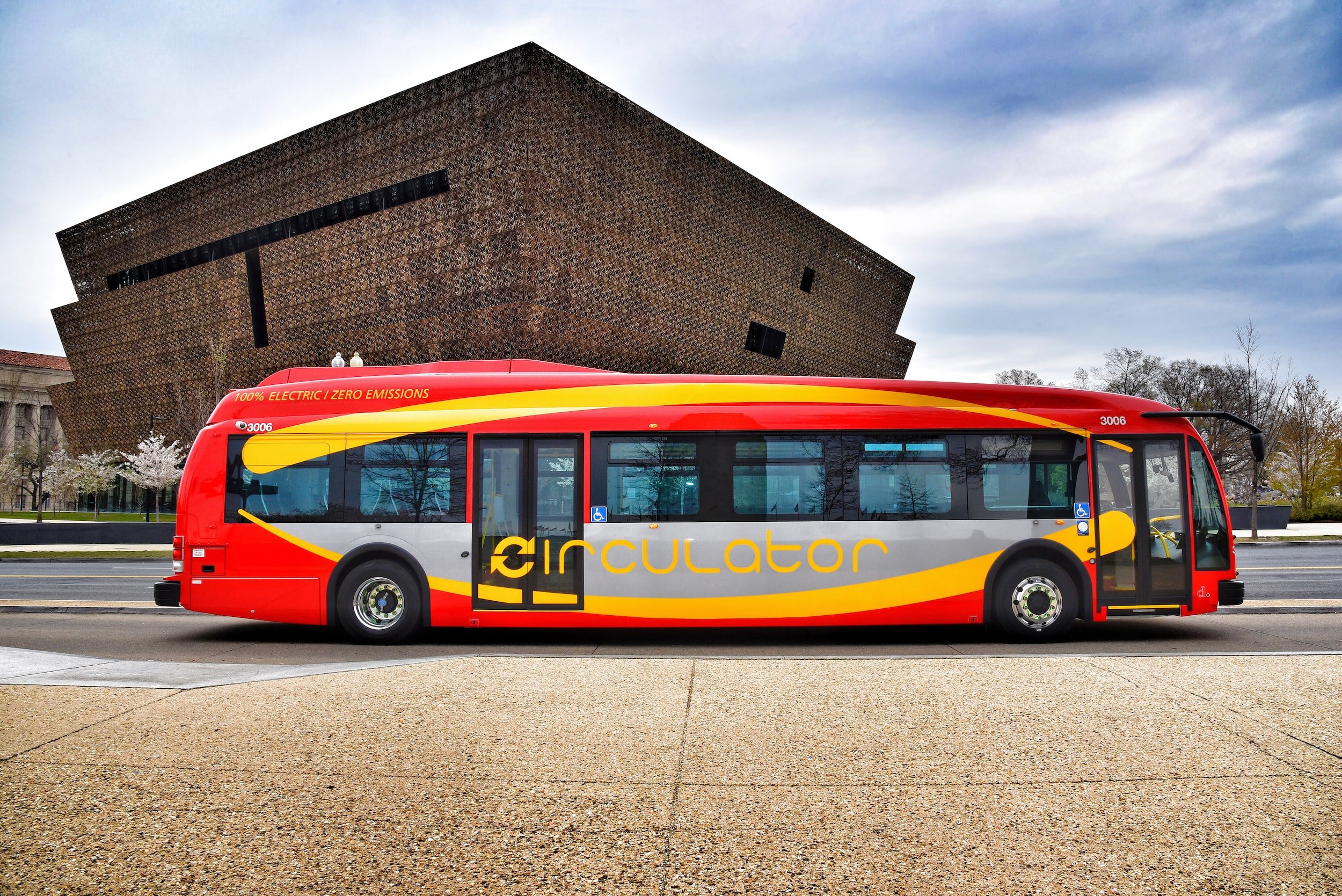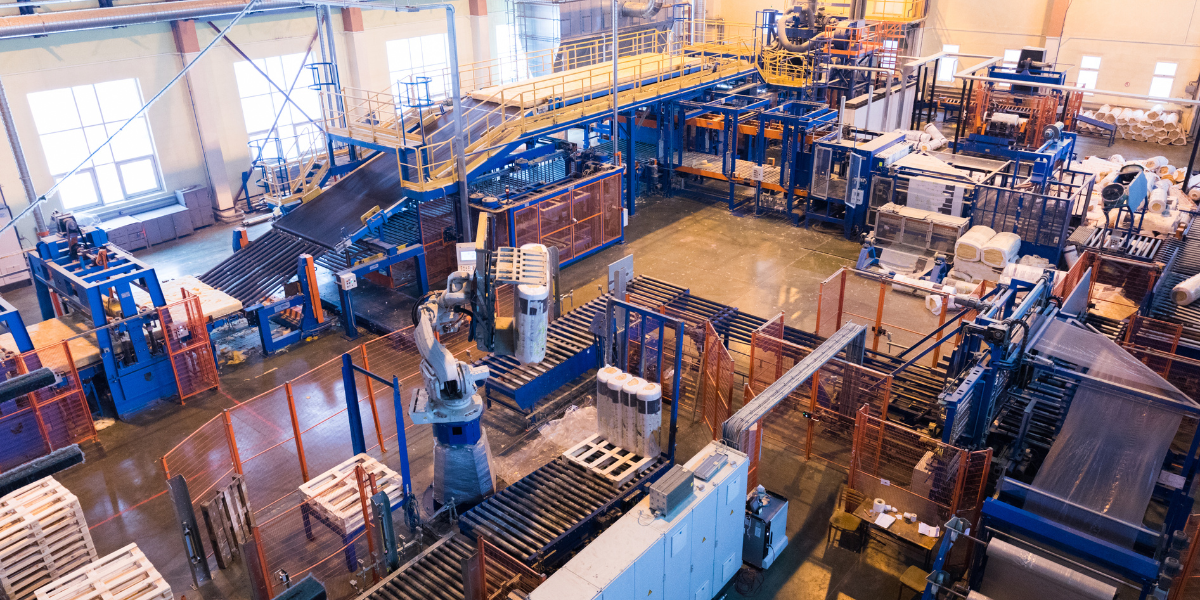
Inflation Reduction Act
For Business Owners
Tax Credits and Incentives
Direct-pay:
Under section 6417 of the IRA, tax exempt entities are eligible to take advantage of clean energy tax incentives through a “direct payment” in lieu of a tax credit.
This opens the door for local governments, community based organizations, and other tax-exempt entities to access the incentives needed to meet their clean energy goals.
Please visit the IRA News section of our website for resources.
Apprenticeship and prevailing wage requirements:
For a number of clean energy tax incentives, the IRA requires beneficiaries meet certain apprenticeship and prevailing wage requirements in order to access the full credit amount. Tax credits below marked with an asterisk (*) contain these requirements.
-

Qualified Business Income Deduction
Description: A deduction that allows eligible self-employed and small-business owners to deduct up to 20% of their qualified business income on their taxes, now through 2027
Amount: 20% deduction
Eligible entities: Businesses with total taxable income below $170,050 for single filers or $340,100 for joint filers. If your income is above this threshold, you may still qualify but for a more limited deduction. Generally, entities that qualify include:
Sole proprietorships
Partnerships
S corporations
Limited Liability Companies (LLCs)
Resources:
-

Federal Research and Development Tax Credit
Description: Qualified small businesses can now apply up to $500,000 in tax credits to offset their payroll taxes
Amount: Up to $500,000
Eligible entities: Businesses with less than $5 million in revenue - and have generated revenue for less than five years
Resources:
-

§48 Energy Investment Tax Credit (ITC)*
Description: A credit for renewable energy property like solar, wind, hydropower, and battery storage
Amount: 30% tax credit
10% bonus credit for solar and wind facilities located in low income communities
20% bonus credit for solar and wind facilities that are part of a qualified low-income residential building project
Resources:
-

§45 Renewable Electricity Production Tax Credit (PTC)*
Description: A credit for the production of renewable energy
Amount: Up to 1.5 cents per kilowatt-hour of energy produced
Resources:
-

§45W Qualified Commercial Clean Vehicles
Description: A tax credit for qualified commercial clean vehicles
Amount: 30% tax credit up to $7,500 for vehicles weighing less than 14,000 pounds, and up to $40,000 for vehicles weighing more than 14,000 pounds
Resources:
-

§30C Alternative Fuel Refueling Property Credit
Description: A tax credit for electric vehicle charging infrastructure in low income or rural census tracts
Amount: 30% tax credit up to $100,000 per station for commercial property and up to $1,000 per station for residential property
Resources:
-

§45Q Carbon Oxide Sequestration Credit*
Description: A credit for the deployment of carbon capture, utilization and storage
Amount: Up to $85 per ton of carbon dioxide permanently stored and up to $60 per ton of carbon dioxide used for enhanced oil recover or other industrial uses of carbon dioxide
Resources:
-

§45U Zero-Emission Nuclear Power Production Credit*
Description: A credit for the production on zero-emission nuclear power
Amount: Up to 1.5 cents per kilowatt-hour
Resources:
-

§45V Clean Hydrogen Production Credit*
Description: A credit for the production of clean hydrogen at a qualified facility
Amount: Up to $3.00 per kilogram of clean hydrogen produced, depending on the lifecycle greenhouse gas emissions rate achieved
-

§45Z Clean Fuel Production Credit*
Description: A credit for domestic clean fuel production
Amount: Up to $1.00 per gallon of non-aviation fuel and up to $1.75 per gallon of aviation fuel
-

§45X Advanced Manufacturing Production Credit
Description: A credit for the domestic production and sale of qualifying solar, wind and battery storage components
Amount: Credit amount varies depending on the applicable component
-

§48C Advanced Energy Project Credit*
Description: A credit for investments in projects that re-equip, expand or establish certain energy manufacturing facilities
Amount: 30% tax credit
-

§179D Energy Efficient Commercial Buildings Deduction
Description: A deduction for energy efficient retrofits in existing commercial buildings that exceed certain performance standards. Tax exempt entities can pass credits through to the designer or developer of the property
Amount: $2.50 per square foot, increasing by $0.10 per square foot for each additional percent reduction in Energy Use Intensity (EUI), up to a maximum of $5 per square foot
Resources:
-

§48E Clean Electricity Investment Credit
Description: Technology-neutral tax credit for investment in facilities that generate clean electricity and qualified energy storage technologies.
Amount: 6% of qualified investment (basis); 30% if PWA requirements met
Resources:
-

§45Y Clean Electricity Production Credit
Description: Provides a technology-neutral tax credit for production of clean electricity.
Amount: $0.03 cents/kW
Resources:
-

§41H Qualified Small Business Payroll Credit
Description: Allows taxpayers a credit against income tax for increasing research activities
Amount: Equal to the sum of 20 percent of the excess (if any) of the taxpayer's qualified research expenses
Resources:
-

Sustainable Aviation Fuel Credit
Description: Applies to certain fuel mixtures that contain SAF sold or used after December 31, 2022, and before January 1, 2025
Amount: $1.25 for each gallon of SAF in a qualified mixture
Resources:
Tax Reform
-
Corporate Minimum Tax
Description: Starting in 2023, corporations that have a net income over $1 billion will have to pay a alternative minimum tax (AMT)
Amount: 15%
-
Excise Tax on Corporate Stock Buyouts
Description: Starting in 2023, publicly traded US corporations will be subject to a nondeductible excise tax on the fair market value of any of their stock purchases over $1 million
Amount: 1%
-
Excess Business Loss Limitation
Description: A rule that limits the amount a non-corporate taxpayer can deduct to offset nonbusiness income, extended through 2028
Amount: Limit of $270,00 for single filers and $540,000 for joint filers in 2022, adjusted annually for inflation
Grants and Technical Assistance
-

Grants to Reduce Air Pollution at Ports
Description: Competitive grants to plan for, purchase and install zero-emission equipment at ports or to develop port climate action plans
Amount: $3 billion
Eligible entities: States, local governments, port authorities, clean air agencies and private entities that conduct operations at a port
Key Resources
-

For a deep dive into the IRA’s tax credit provisions, check out this article from Sidley. Press “Ctrl +F” on your keyboard to search for specific credit information!
-

Check out this fact sheet on how the inflation reduction act will help small businesses, from The White House
Please note, the Inflation Reduction Act is new and information is constantly evolving. This page will be continuously updated as more information is released.
